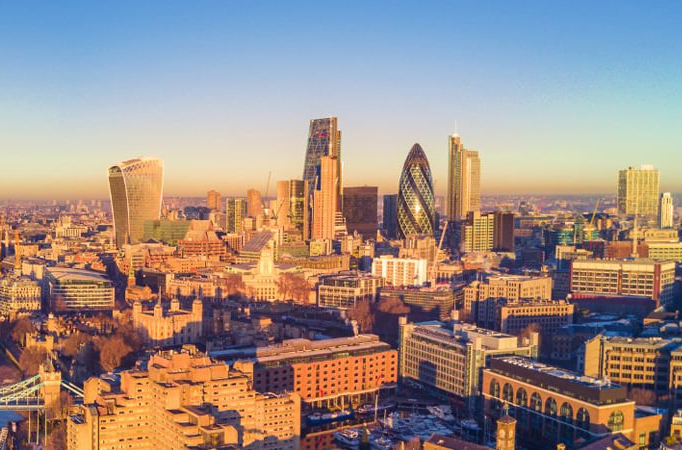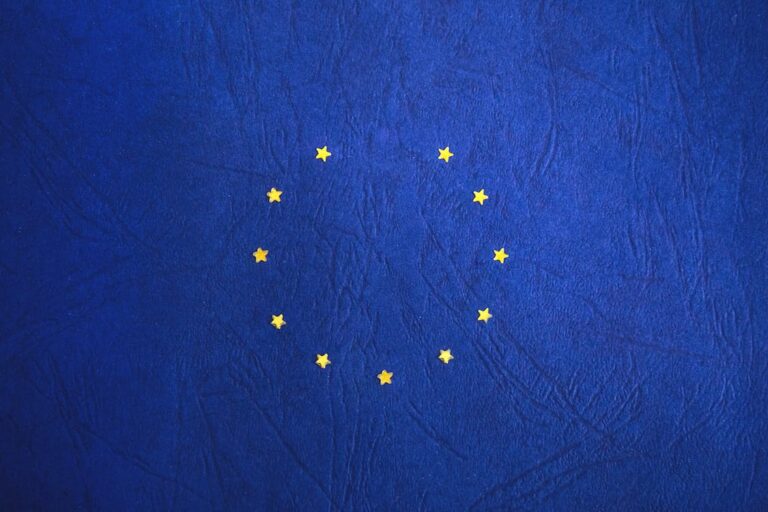
Heads or Tails
The Pound Sterling has flipped back and forth from an infatuation with politics, to an inescapable reliance upon economics. The phenomenon is partially responsible for creating the unprecedented channel trade that GBPEUR has crabbed along over the last six months. Supported at a little above 1.1050 on several occasions in October, the GBPEUR cross finally confidently found its way through 1.15 last month.
Not for the first time, it was economics and the Bank of England that provided the final push of positive fortune for the pair. The rally was short lived and saw the Pound come to be worth 1.1530 Euros following a monetary policy decision to hold interest rates at 50 basis points. Interest rates are pivotal to the value of an individual currency, not least due to their centricity to the domestic economy and near unilateral responsibility for determining the opportunity cost of holding money.
With a capacity to both determine the future path of the economy and provide a more accurate interpretation on the medium-term path that the economy has been on, it is no surprise that getting interest rate decisions right in the long run is imperative for the success of market participants. The secrecy and independence of central banks should not be taken for granted; whilst the Bank of England, the Fed, and the ECB might look quite similar at face value, beneath the surface they are remarkably different. The independence of the Bank of England was granted under former Labour Prime Minister Gordon Brown in 1997 on the back of much public and academic discourse and debate. Meanwhile, the European Central Bank had not even born yet and anything even resembling a Euro are banking system was still two years away at least!
At this present time, the constitution of the Bank of England is not too challenging. The decision that led to the first interest rate hike in a decade back in November was led by Governor Carney and strongly supported by the BoE’s two unequivocal arch Hawks, Michael Saunders and Ian McCafferty. Opposing them at most decisions are the two notorious doves, Dave Ramsden, a relatively new member to the Monetary Policy Committee, and the veteran Jon Cunliffe. Hypothetically, therefore, the outcome of rate decisions should not be too difficult to predict. With the salience of the decisions, however, this is never going to be the case:
At present, the Bank of England is debating a decision to publish more open and apparent signals detailing their intentions surrounding future monetary policy. Swaying towards the more open and transparent Federal Reserve in the US, the output of the Bank could be set to change dramatically as a result of the debate.
Markets are pricing in a 25 basis point hike next month, making the debate even more salient. It is highly possible that if the expectations surrounding the decision on the 10th of May are met, Sterling will rally in the third notable BoE rescue of the Pound in the last year. Critical to this result would be the mention of a sustained commitment to policy normalisation over the next couple of years. However, if the reality falls short of present expectations without a future commitment or indication of an imminent hike, GBP could tumble. The Pound currently trades around 1.4050 against a US Dollar that has been caught up with trade disputes.
Related Insights

Daily Brief – US Dollar
If you are reading this, you might be contemplating doing some FX business in the Twixtmas period- SGM-FX is open 27+30+31 December and ready to help. US Dollar As we approach 2025 it is still a USD story in currency markets with just 35bps of interest rate cuts in the USA pencilled in for the […]

Daily Brief – Equities, British Pound, Gold and Oil
If you are reading this, you might be contemplating doing some FX business in the Twixtmas period- SGM-FX is open 30+31 December and ready to help. Equities, British Pound, Gold and Oil Morgan Stanley sprinkled some less than sparkling seasonal cheer over the weekend on US equity price direction by saying that due to current […]

Daily Brief – Euro
Euro Markets are currently pricing in four 25bp rate cuts for 2025 in the EU from 3% to 2% but some analysts are now predicting that rates may go as low as 1.5%. What that means is that EUR will remain weak and allow buyers of EUR to lock in the best levels for years. […]


 Humphrey Percy
Humphrey Percy